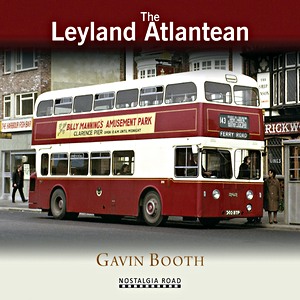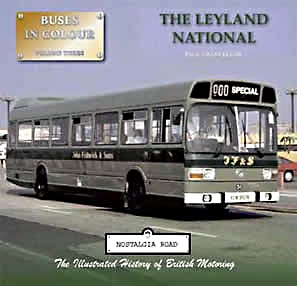Leyland Atlanteans - The Twilight Years
From its launch in 1958, the Leyland Atlantean played a pivotal role in the British bus industry. The first double-deck bus in the UK to offer the now commonplace layout of front entrance and rear engine, the Atlantean enjoyed an uninterrupted production run of nearly thirty years, with examples put into service throughout the United Kingdom and beyond.
In this book, Howard Wilde reflects on the later years, from the end of production in the mid-1980s to the present day, featuring a colourful selection of Atlanteans in different roles. The selection pays tribute to this true workhorse of the UK bus industry: a bus that will, at some time or other, have transported many members of the UK bus-using population to work, school or play.
Product details
| Author: | Howard Wilde |
|---|---|
| Details: | 95 pages, 9.25 x 6.5 x 0.31 in (23.5 x 16.5 x 0.8 cm), paperback |
| Illustrations: | 180 b&w and color photos |
| Publisher: | Amberley Publishing (GB, 2021) |
| ISBN: | 9781398107182 |

Leyland Atlanteans - The Twilight Years
Language: English
Available on Amazon - safe payment and fast delivery
Buy on Amazon.comBuy on Amazon UK
Buy on Amazon CA





